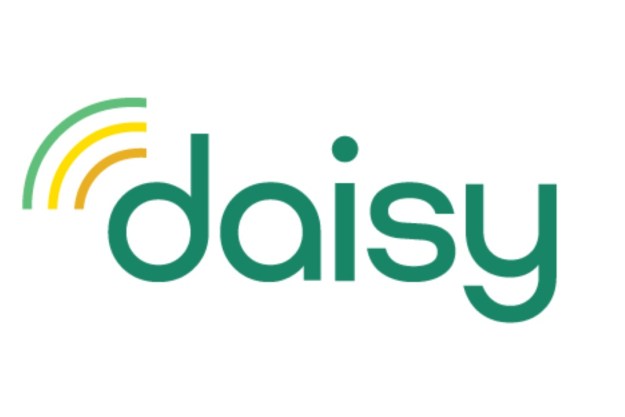
In an announcement released on Tuesday, Silk Labs told its backers, “We are not going to build the Sense hardware product, and all Kickstarter backers will be refunded immediately.”
CEO Andreas Gal explained further: “Our original plan was to launch a Kickstarter product first (Sense), and then work with commercial-scale hardware manufacturers on integrating Silk into their future products. We are now seeing so much commercial interest in the Silk platform that we have realized we can bring our vision to more people more quickly if we switch gears and focus on the commercial opportunities ahead, instead of completing our Kickstarter device first.”
So what does this mean? According to Gal, much of this change is actually spurred by the massive success of the Silk software platform.
“We intended for Sense to be the first device that could run our Silk software platform and let people experience a more intelligent and personal device for the home,” he wrote. “We wanted early adopters to experience Silk and help us build out new features and experiences. We were hoping that our success with Sense would encourage hardware manufacturers and brands to incorporate our platform in their mass market devices.”
But apparently, things progressed much faster than initially anticipated, and ultimately, software won out over hardware.
“While we will not continue to build the Sense hardware itself, we will do our best to help our supporters experiment with and experience the capabilities of our Silk platform,” Silk Labs said. “We’ve open-sourced our platform, available today, so that others can develop Silk experiences the way we described it in our Kickstarter campaign.”
Editors' Recommendations
- Home Depot’s Hubspace is a great way to start building your smart home
- Echo Hub vs. Echo Show 8: Which is the best option for your smart home?
- What is IFTTT and how can you use it in your smart home?
- Nest Hub Max vs. Echo Show 10: which is the better smart display?
- Nest Hub Max vs. Skylight Cal Max: Which is best for your home?


